The deserts of Uzbekistan are sultry and boundless, incandescent and under the scorching sun. They occupy more than half of the country's territory and are considered harsh living conditions in Central Asia. Deserts stretch from the north-west of the republic and gradually shrink to the east. In some areas there are picturesque valleys and oases. Historical cities appeared in such places, which became important strategic objects.
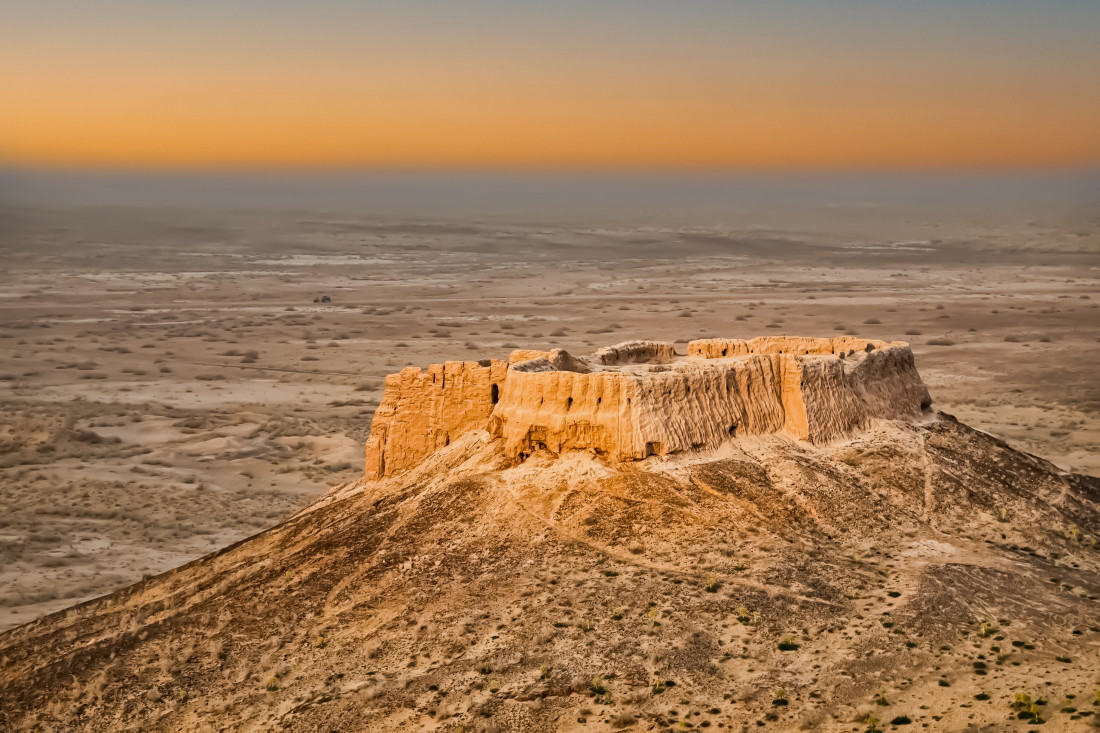
1. Kyzylkum. Sandy and rocky desert with ridges of red dunes. The desert is located in the interfluve of the Amudarya and Syrdarya and occupies a large area on the territory of Uzbekistan. In the northwest, the desert abuts the Aral Sea, and in the northeast it reaches the spurs of the Tien Shan. The area of the desert is about three hundred thousand square meters.
It is noteworthy that despite the harsh desert climate, life is actively boiling in Kyzylkums. In some places there are lakes, reservoirs and even tugai thickets. Clay takyrs are replaced by salt marshes, and sandy massifs by forests of black and white saxaul. Mammals live in the desert: gazelles, steppe cats, ground squirrels, jerboa, foxes, wolves, hares, bats. Of the birds, you can meet bustards, eagles, larks, owls. Snakes, lizards and other reptiles are permanent residents of the desert.
There are many attractions in the desert for a "wild" or nomadic holiday. For example, in the Navoi region, you can stay in recreation areas and live in yurts, ride camels and try camel milk.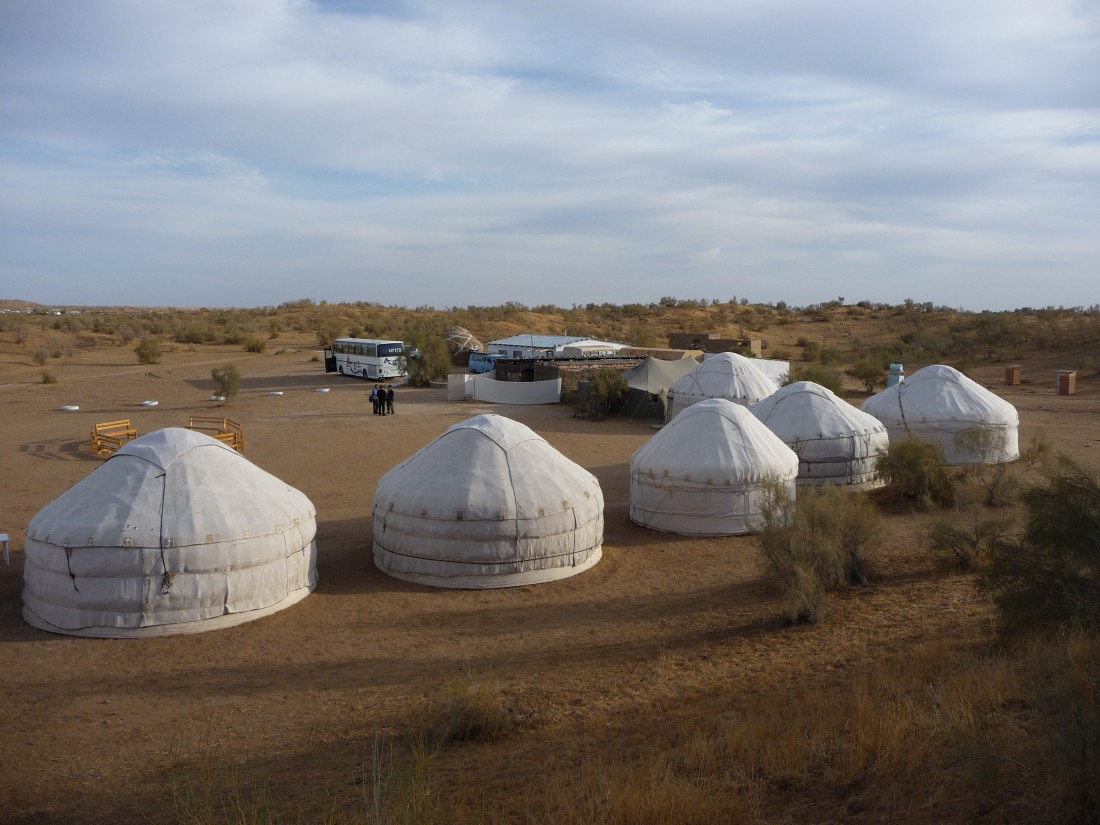 There is a Natural salt and sand Processing Center in the Bukhara region. There you will be offered natural salt and sand treatment, as well as medicinal snake dishes.
There is a Natural salt and sand Processing Center in the Bukhara region. There you will be offered natural salt and sand treatment, as well as medicinal snake dishes.
2. Aral Kum. Unfortunately, nature can be very cruel, so a new desert has appeared on the seabed of the once huge Aral Sea. The sandy-saline desert is located on the territory of Uzbekistan and Kazakhstan, has a characteristic white color due to the large amount of salt. The area of Aralkum continues to increase and today it reaches 38 thousand square meters. The flora and fauna of the desert are poorly represented, and dust storms carry out about one hundred million tons of dust and toxic salts per year.
Every year the ecological situation in this region worsens, but nevertheless this place does not cease to attract with its severity and color. Be sure to visit the city of Muynak in the Republic of Karakalpakstan. The coastal city was once famous for its port and fishing industry. Today, only traces of the former glory of marine life remain in the city. Fishing vessels remained in place of the dried-up Aral Sea, now they have turned into a rusting graveyard of ships. Also through the Aralkum desert you can go to the coast of the Aral Sea. There you can stay in a yurt, take a jeep tour and safari on the sands of Aralkum.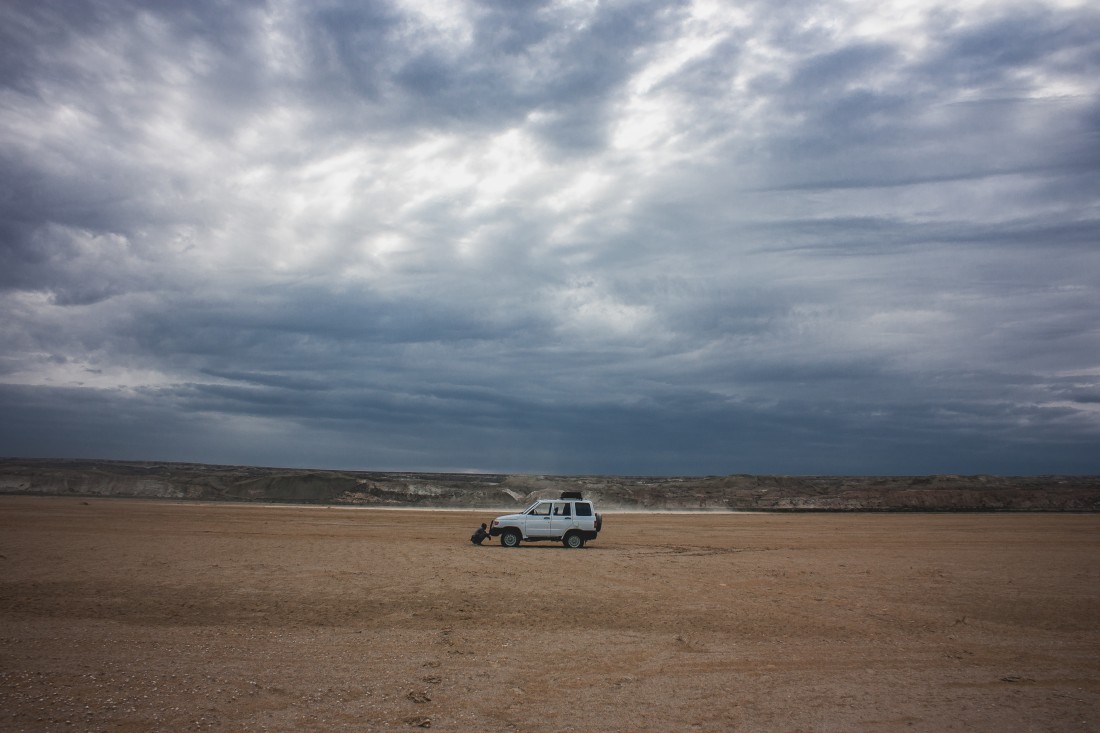
3. Ustyurt plateau. A mysterious and unusual place on the territory of Uzbekistan occupies the western part of the country between the Aral Sea and the Amu Darya Delta. Once there was a world ocean on these lands, leaving them, there was a lifeless territory - a plateau without water and greenery. The total area of Ustyurt is almost 200 thousand square meters and is a clay and clay-gravelly desert. Sometimes on the plateau there are mountain ranges, high cliffs with steep cliffs, limestone rocks and white cracks in the ground.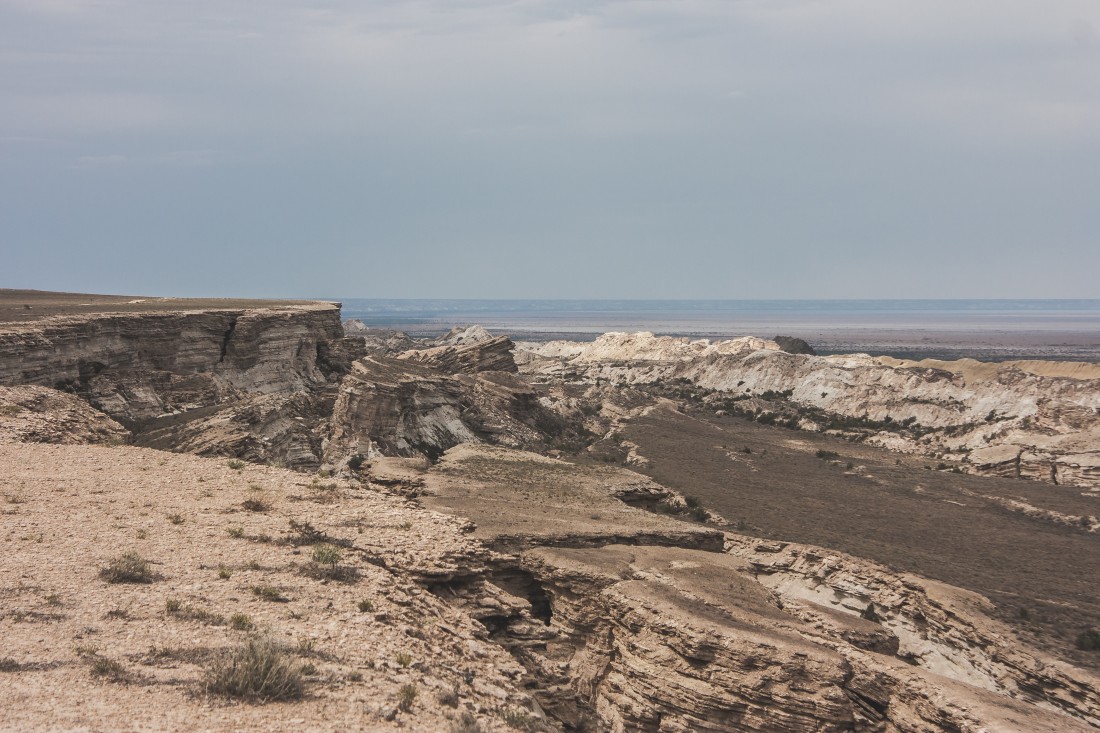
There are mysterious geoglyphs in the form of arrows on the plateau. There is still no clear answer as to what these arrows are and why they were created. They were first seen during an expedition in the 80s of the XX century from a helicopter. The approximate time of the creation of geoglyphs is the XIV-XV centuries BC.
4. Hungry steppe. It is located on the territory of the Syrdarya region on the left bank of the Syrdarya, at the outlet of the river from the Fergana Valley. The total area of the Hungry Steppe is 10 thousand square meters. Initially, the steppe was a vast plain space with places suitable only for nomadic life. In the south, the steppe is bounded by the spurs of the Turkestan Ridge, in the north by the Kyzylkum desert.
Since the end of the XIX century, the development of the Hungry Steppe took place, the construction of irrigation canals was started. Gradually, the steppe began to change and become suitable for economic needs. Thanks to engineers and scientists, the barren steppe turned into irrigated land and cotton, melons and other crops began to be grown here. Today, in the Syrdarya region, you can taste delicious varieties of melons, watermelons, pomegranates grown on the territory of the once Hungry steppe.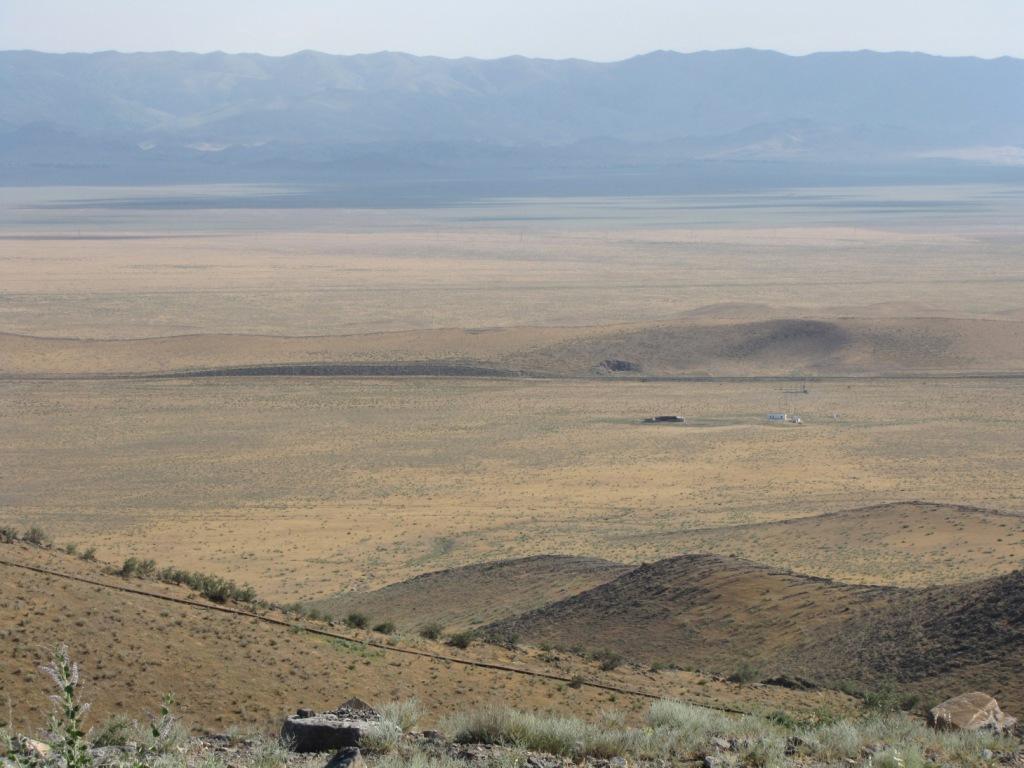
5. Chests. The sandy desert is located on the territory of the Bukhara and Kashkadarya regions. Sundukli is a continuation of the Kyzylkum desert, but unlike Kyzylkum, this desert has not red bumpy sands, but golden ones. In the desert, you can find sandy plains, dunes, salt marshes, unusual lowland depressions. There are also plateaued massifs and dry riverbeds. Chests has a rich deposit of oil, natural gas and healing mud.



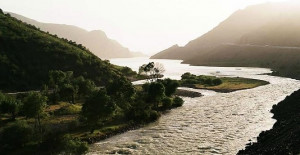



Working hours: 9:00 AM - 6:00 PM, Mon-Fri
For any questions
ПОЛЬЗОВАТЕЛЬСКОЕ СОГЛАШЕНИЕ
1. Определение
Настоящее Пользовательское соглашение (далее — Соглашение) является Публичной офертой в соответствии со статьёй 367 Гражданского кодекса Республики Узбекистан от 21.12.1995 (https://lex.uz/ru/docs/111181#162763) и регулирует порядок использования материалов и Сервисов сайта Государственного унитарного предприятия «Национальный PR-центр» (далее — Предприятие), размещённого на веб-сайте и поддоменах Национального Туристического Информационного Центра: https://uzbekistan.travel/ (далее — Сайт).
Посетитель и (или) Пользователь подтверждает, что ознакомлен, полностью и безоговорочно принимает все условия настоящего Соглашения и обязуется их соблюдать.
Использование Сайта Пользователем означает полное принятие данного Соглашения «как есть» в форме акцепта.
Соглашение вступает в силу с момента посещения любой страницы Сайта и (или) регистрации на Сайте и действует бессрочно во время пользования Сервисами Сайта.
Настоящее Соглашение обязательно для исполнения всеми Посетителями и Пользователями без каких-либо изъятий и дополнительных согласований.
Пользователь обязуется самостоятельно проверять актуальную редакцию Соглашения на Сайте перед использованием Сервисов.
2. Предмет Соглашения
Предметом настоящего Соглашения являются правила использования материалов Сайта и предоставление Посетителю и (или) Пользователю возможности использования Сервисов Сайта.
Предприятие является правообладателем исключительных прав на Сайт в целом и на его составные части, включая все виды контента: логотипы, товарные знаки, тексты, статьи, аннотации, иллюстрации, фотографии, графику, аудио- и видеофайлы, пользовательские интерфейсы, дизайн, структуру, программы, базы данных.
Я прочитал(а) и соглашаюсь с условиями использования сайта и политикой конфиденциальности.
